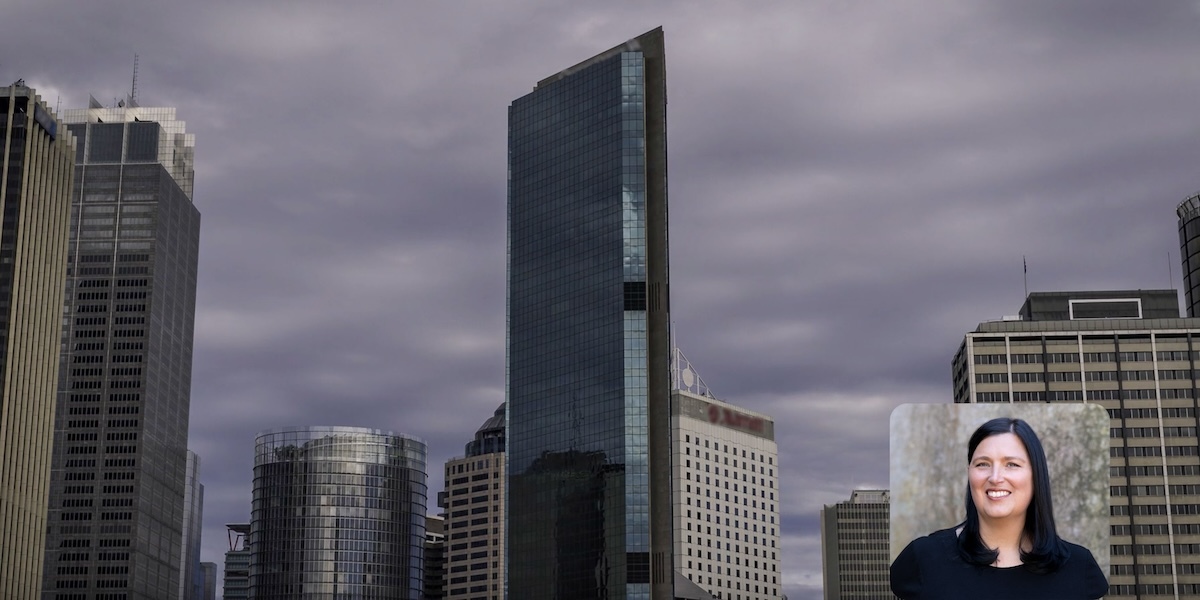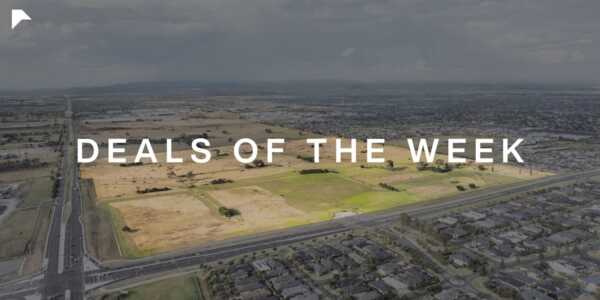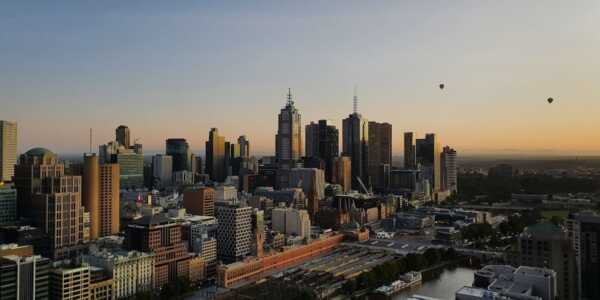The broader commercial property market has had some difficulties this year with reduced volumes and rising finance costs resulting in upward pressure in yields. While these pressures will remain for much of 2024, opportunities will emerge. The next 12 months will be a period where informed buyers rise to the top ready to unlock opportunities in this cyclical property market.
1. Blocks of units
As much of the country is facing a housing supply shortage, rents continue to grow and house prices have also maintained their upward momentum. With the population continuing to increase the pressure on housing remains and beds will be top of mind for many savvy investors. While build-to-rent grows in popularity across the institutional sector, private buyers have been quick to acknowledge these market forces and look to snap up blocks of unit investments. These offer not only strong regular income but many attractive exit strategies, capitalising on the strength of the residential market. Market activity in this space has been limited in 2023, with assets tightly held which is likely to continue in 2024, however we expect the market appetite to increase.
2. Vacant industrial
Industrial continued to show good results this year as rental demand has stabilised, but low vacancies will ensure rental growth does continue. Increased cost of finance has influenced yields, which is likely to remain in the coming year, which may see more distressed assets come to market. Given the strong growth in construction costs, the viability of new developments has been put under the spotlight and assets which offer opportunity to reposition or renovate may be a clever way to get into the industrial sector. Vacant assets with potential may be an affordable means of entering the industrial market with future income growth opportunities.
3. Education
Alternatives such as medical and childcare have all been strong performers in recent years. However, like many alternatives, a growth in buyers and a fear of missing out saw volumes spike and values reach sometimes unsustainable levels. Education, notably the tertiary sector, is an emerging sector ripe for investment. In recent years we have seen universities take up space within office assets as an alternative to campus style facilities, however, many institutions continue to sit on large land parcels which could partner with the private sector to develop and value add. While this is a small sector of the market, the growth of private education facilities across the country could be an opportunity for those looking for “outside the box” investments.
4. Sustainable assets
With many owners setting new goals around ESG principles for their accommodation needs and investment portfolio, the appeal of assets which meet these objectives will rise in attractiveness. This is across all asset classes. A focus on responsible investing including environmental features such as electrification, renewable resources, waste and water management, together with social influences surrounding well-being and comfort, will become market expectations. Green leases, as businesses strive towards net zero emissions, will grow in attractiveness. Assets which can achieve these are expected to see premiums and are an area in which investors could see opportunity.
5. Subdivisions
Englobo land, while diminishing in volume, is expected to continue to be a clever way to capitalise on market pressures. The need for land for residential and industrial uses in particular has not reduced and the requirement of serviced subdivided land will grow in line with our population. With construction costs continuing to increase and pressures on labour further growing the cost of development, the ability to on-sell the land component, leaving the construction risk with the end user, may be an attractive opportunity for some savvy investors.
Author: Vanessa Rader, Head of Research – Ray White Corporate










